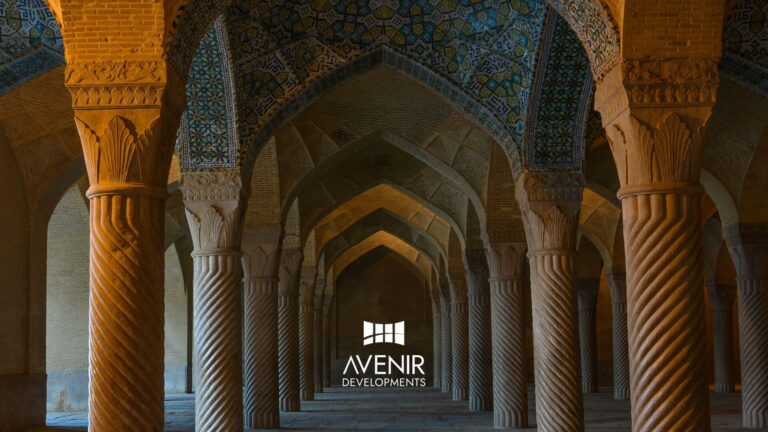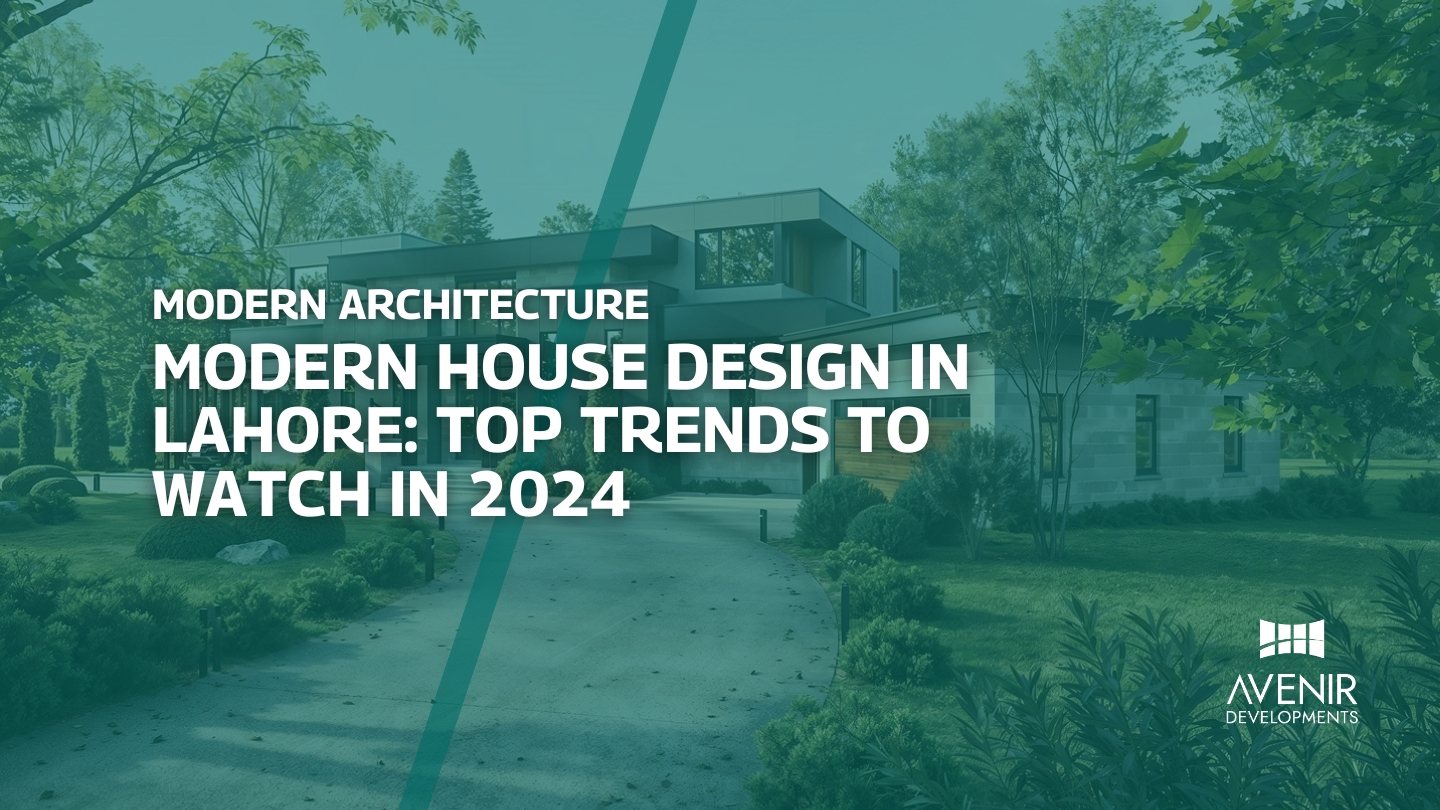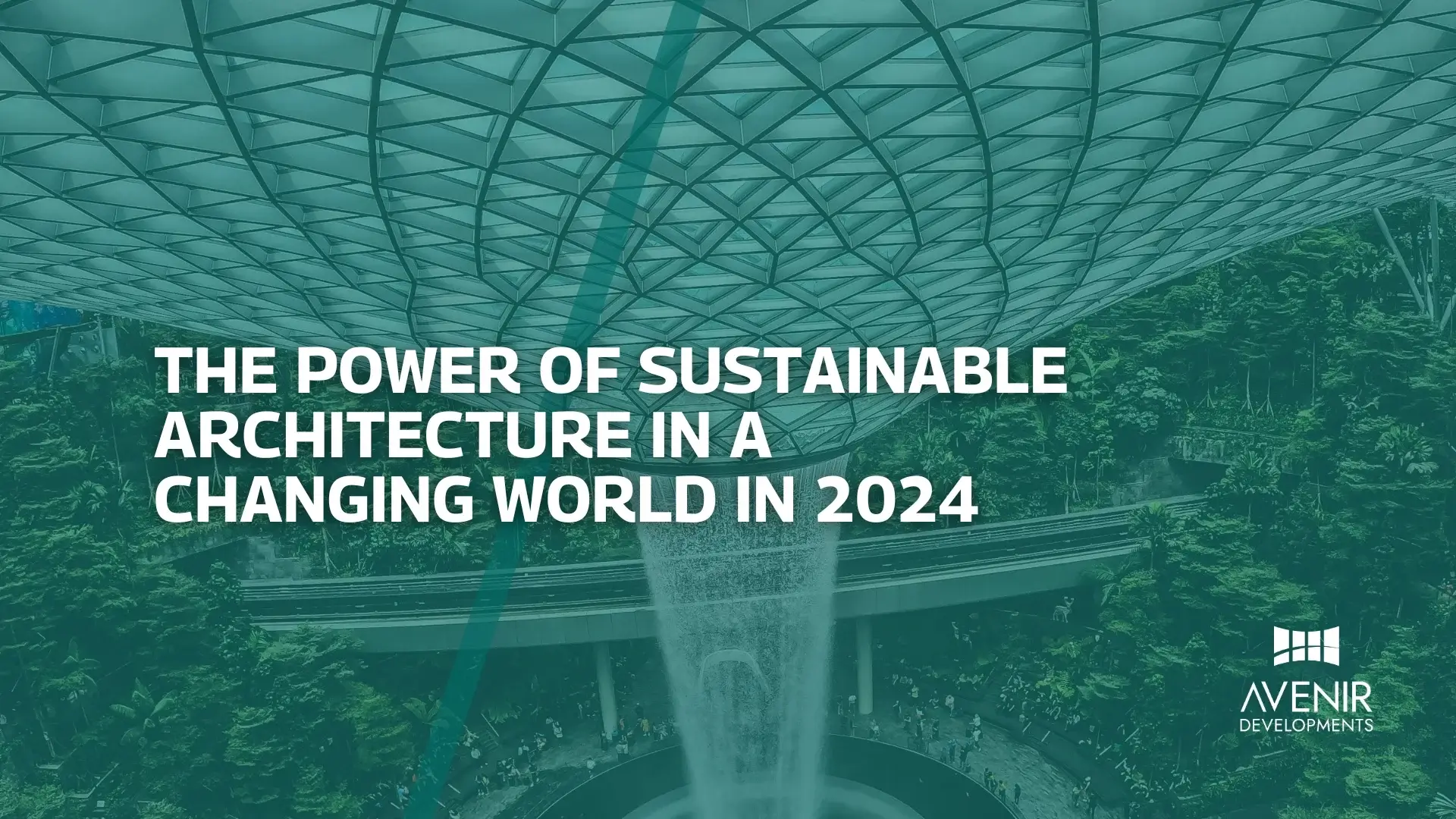Living in Islamabad, Pakistan, I’m surrounded by breathtaking examples of Islamic architecture. From the majestic Faisal Mosque to the ancient Mughal forts, these structures are a constant reminder of the artistry and ingenuity of Muslim architects throughout history.
But the magic of Islamic architecture extends far beyond Pakistan’s borders. During my travels, I’ve been awestruck by the intricate details of the Alhambra in Granada, Spain, the serenity of the Sheikh Zayed Grand Mosque in Abu Dhabi, and the towering minarets of Istanbul’s Hagia Sophia. Each location offers a unique perspective on this rich architectural tradition.
In this blog post, we’ll embark on a journey to explore the splendor of Islamic architecture. We’ll delve into its history and significance, discover the latest trends shaping its future, and answer some burning questions you might have. So, get ready to be amazed!
A Journey Through Time: Understanding Islamic Architecture
What is Islamic Architecture?
Islamic architecture encompasses the design and construction of buildings associated with the Islamic faith and culture. It’s a vast and diverse tradition that has spanned centuries and continents. While mosques are undoubtedly the most prominent examples, Islamic architecture extends to palaces, tombs, public baths, schools, and even everyday homes.
A Rich Tapestry: The History of Islamic Architecture
The story of Islamic architecture begins in the 7th century with the emergence of Islam in Arabia. Early mosques took inspiration from Byzantine and Sasanian architectural styles, incorporating elements like domes, arches, and courtyards.
As the Islamic world expanded, so did its architectural vocabulary. Regional variations emerged, influenced by local materials, craftsmanship, and cultural preferences. The Ottomans, Mughals, and Safavids are just a few empires that left their unique mark on Islamic architecture.
Beyond Aesthetics: The Significance of Islamic Architecture
Islamic architecture is more than just beautiful buildings. It serves a multitude of purposes:
- Religious Function: Mosques, the heart of Islamic communities, provide a space for prayer, gathering, and learning. Their design elements, like the mihrab (prayer niche) and minaret (tower), facilitate religious practice.
- Social Cohesion: Public buildings like caravanserais (rest houses for travelers) and madrasas (religious schools) fostered social interaction and the exchange of knowledge.
- Symbol of Power: Grand palaces and mosques served as symbols of the authority and prestige of ruling dynasties.
- Harmony with Nature: Islamic architecture often incorporates elements like courtyards and water features, creating a sense of peace and tranquility.
Key Design Elements of Islamic Architecture
Several distinctive features characterize Islamic architecture:
- Geometric Patterns: Intricate geometric patterns adorn walls, ceilings, and floors. These patterns reflect Islamic beliefs about order, beauty, and infinity.
- Calligraphy: Verses from the Quran, often in beautiful calligraphy, decorate mosques and other buildings.
- Arches: The use of arches, particularly the horseshoe arch, is a defining characteristic of Islamic architecture.
- Domes: Grand domes, symbolizing the heavens, are a prominent feature in many mosques and other important structures.
- Courtyards: Central courtyards provide natural light, ventilation, and a space for social interaction.
- Water Features: The soothing sound and sight of water is an important element in many Islamic buildings, reflecting its significance in Islamic culture.
Islamic architecture is a captivating fusion of art, science, and faith. It’s a testament to the creativity and ingenuity of Muslim civilizations throughout history. In the next section, we’ll explore how this rich tradition is evolving in the modern world.
The Evolving Canvas: Modern Trends in Islamic Architecture
A Bridge Between Past and Present
Islamic architecture is not a relic of the past. It’s a living tradition that continues to inspire architects and designers today. There’s a growing movement to bridge the gap between traditional Islamic design principles and contemporary aesthetics.
Here are some key trends shaping the future of Islamic architecture:
- Sustainable Design: Modern Islamic architects are increasingly incorporating sustainable practices like energy efficiency, water conservation, and the use of recycled materials.
- Technological Integration: New technologies like computer-aided design (CAD) and 3D printing are being used to create innovative and complex architectural forms while staying true to traditional principles.
- Reinterpreting Traditions: Architects are reimagining classic elements like geometric patterns and calligraphy in fresh and contemporary ways.
- Social Responsibility: Modern Islamic architecture often prioritizes creating community spaces that foster social interaction and inclusivity.
Global Phenomenon: Examples of Modern Islamic Architecture
Let’s explore some real-world examples of how these trends are being translated into breathtaking structures:
- The Sheikh Zayed Grand Mosque, Abu Dhabi: This colossal white marble mosque is a marvel of modern Islamic architecture. It seamlessly integrates traditional elements like floral motifs and geometric patterns with contemporary design features like vast open spaces and innovative lighting techniques.
- The King Abdullah Financial District Mosque, Riyadh: This mosque incorporates modern office buildings into its design, creating a unique fusion of religious and commercial space. Sustainable practices like rainwater harvesting and natural ventilation are also noteworthy features.
- The Istanbul Sapphire, Istanbul: This mixed-use skyscraper incorporates Islamic design elements like geometric patterns and references to traditional Ottoman architecture while offering modern amenities and breathtaking views of the city.
Looking Ahead: The Future of Islamic Architecture
The future of Islamic architecture is bright. As architects continue to embrace innovation and sustainability while respecting tradition, we can expect to see even more awe-inspiring creations emerge. Here are some exciting possibilities:
- The Rise of Parametric Design: Parametric design software allows architects to create complex geometric forms that were previously impossible. This could lead to the creation of even more intricate and visually stunning Islamic buildings.
- Adaptive Reuse: Historic Islamic structures are being repurposed for modern uses, preserving cultural heritage while breathing new life into old buildings.
- Global Collaboration: Architects from different countries with Islamic heritage are increasingly collaborating on projects, fostering a cross-pollination of ideas and styles.
Islamic architecture is a dynamic and ever-evolving tradition. By embracing innovation while respecting its rich history, modern architects are ensuring that this legacy continues to inspire and amaze for generations to come.
In the next section, we’ll address some frequently asked questions about Islamic architecture to deepen your understanding of this captivating subject.
Unveiling the Mysteries: Frequently Asked Questions (FAQs) about Islamic Architecture
What are the differences between Islamic architecture in different regions?
Islamic architecture showcases a beautiful diversity across regions. Here’s a glimpse into some variations:
- Ottoman Architecture: Known for its grand mosques with towering minarets, intricate tilework, and calligraphy.
- Mughal Architecture: A fusion of Islamic and Indian styles, featuring white marble, floral motifs, and symmetrical layouts. (Think Taj Mahal!)
- Mamluk Architecture: Found in Egypt and Syria, characterized by pointed arches, fluted minarets, and elaborate stonework.
- Moorish Architecture: Developed in Spain and North Africa, known for its delicate horseshoe arches, colorful mosaics, and intricate stuccowork. (Think Alhambra!)
Are there any restrictions on what can be depicted in Islamic art and architecture?
While there aren’t strict rules, some Islamic traditions discourage the depiction of human or animal figures in religious settings. This is to prevent idolatry and to focus attention on the divine rather than the physical world. However, geometric patterns, calligraphy, and floral motifs are widely used to create stunning and symbolic decoration.
What are some materials commonly used in Islamic architecture?
The materials used vary depending on the region and resources available. Here are some common examples:
- Stone: Marble, granite, and sandstone were popular choices for grand structures due to their durability.
- Brick: A versatile and cost-effective material used for walls, arches, and decorative elements.
- Stucco: A plaster-like material used for creating intricate ornamentation and calligraphy.
- Tilework: Colorful glazed tiles were used for decoration, creating stunning mosaics and geometric patterns.
How can I learn more about Islamic architecture?
There are many ways to delve deeper into this fascinating topic:
- Visit a Mosque: Many mosques welcome visitors, offering a firsthand experience of Islamic architecture and its spiritual significance.
- Explore Museums and Online Resources: Museums with Islamic art collections and online resources like the Aga Khan Museum’s website offer wealth of information and stunning visuals.
- Read Books and Articles: Numerous books and articles explore the history, styles, and symbolism of Islamic architecture.
Hopefully, these answers have shed light on some common questions about Islamic architecture. Remember, the beauty of this tradition lies not just in its aesthetics but also in its rich history, cultural significance, and enduring legacy.
Your Guide to Islamic Architecture Inspiration: Expert Tips for Design Enthusiasts
Unveiling the Design Secrets
As someone who has been captivated by Islamic architecture for years, I’ve accumulated some insights that I’d love to share with you:
- Focus on Light and Space: Many Islamic buildings prioritize natural light and ventilation through courtyards, open layouts, and strategically placed windows. Consider incorporating these elements into your own design for a sense of spaciousness and connection to the outdoors.
- Embrace Geometric Patterns: The intricate geometric patterns found in Islamic architecture are not just decorative; they hold symbolic meaning. Explore incorporating these patterns into your design using tiles, fabrics, or even wallpaper to add a touch of Islamic flair.
- The Power of Calligraphy: Arabic calligraphy is a beautiful art form that can add a unique touch to any space. Consider commissioning a calligraphic artwork that reflects a meaningful quote or verse to personalize your design.
- Water as an Element: The soothing sound and sight of water are prominent features in many Islamic buildings. Think about incorporating a water feature, like a small fountain or reflecting pool, to create a peaceful and serene atmosphere.
- Seek Inspiration from Your Surroundings: If you live in a region with a rich Islamic architectural heritage, take inspiration from local mosques, palaces, or other structures. Subtly incorporate these design elements into your own space to create a connection to your cultural heritage.
Beyond Aesthetics: Functionality Matters
While aesthetics are important, Islamic architecture prioritizes functionality. Here are some tips to keep in mind:
- Design for Community: Consider how your space can facilitate social interaction and create a sense of community. This could involve incorporating open communal areas or flexible layouts.
- Sustainable Practices: Just like modern Islamic architects, incorporate sustainable elements into your design. This could involve using energy-efficient materials, natural lighting, and water conservation techniques.
- Respectful Representation: If you’re incorporating Islamic design elements, do so respectfully and with an understanding of their cultural significance. Avoid using them in a purely decorative or trivial way.
By following these tips and delving deeper into the rich world of Islamic architecture, you can gain valuable inspiration for creating beautiful, functional, and culturally sensitive spaces.
Feeling inspired to incorporate the splendor of Islamic architecture into your next design project? Avenir Developments, a world-class architecture, interior design, and construction company based in Lahore and Islamabad, can help! We offer expert services in residential and commercial design, drawing inspiration from various architectural styles, including Islamic architecture.
Contact Avenir Developments today on WhatsApp or Call +923001101103 to discuss your project and unlock the potential of Islamic architectural influences in your dream space. Let’s create something truly remarkable together!






